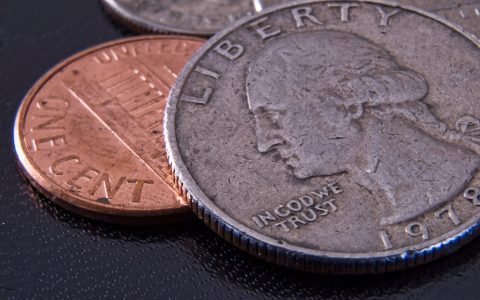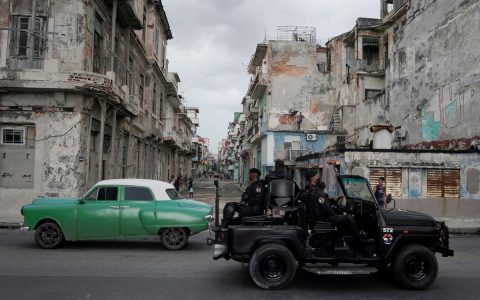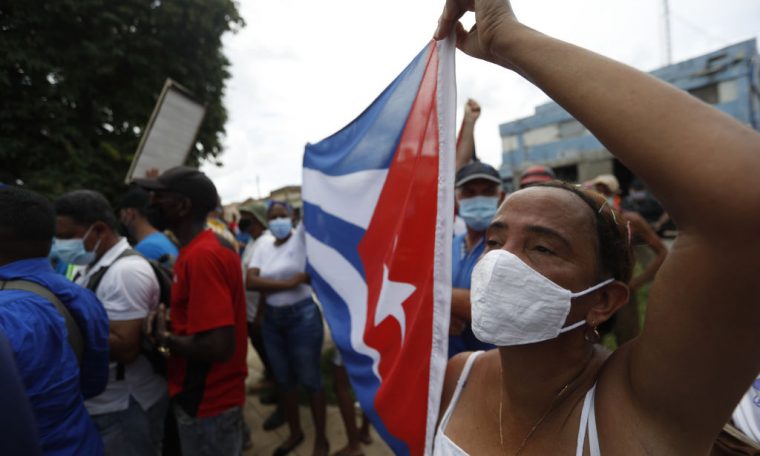
On January 1, 1959, a rebel army unit entered Havana to mark the victory of the Cuban Revolution led by Fidel Castro and the overthrow of dictator Fulgencio Batista.
The event took place exactly two years after the arrival of the first revolutionaries in Cuba on the Granma ferry, which was followed by armed conflict in the Sierra Maestra. The victory of the revolution created confusion and hope throughout the region.
However, relations between the new revolutionary government and the United States were extremely tense from the start. They were mainly characterized by embargo – or blockade, as it is called in Cuba. For the government of the current Cuban president, Miguel Diaz-Canel, the sanctions are to blame for the recent protests, the economic situation, and the country’s lack of independence.
Speaking to television on Monday (12) after the protest, President Diaz-Canel said it had already been explained to the population that everyone would “enter a difficult period of economic difficulties and shortages” from 2019, when “Restrictive measures” and a “sanctions policy” began to be implemented in Donald Trump’s government.
But what exactly is included in this restriction?
In 1960, Cuba began a wave of nationalization that affected up to $1 billion in American businesses on the island, including land and sugar refineries.
On January 1, 1959, a rebel army unit entered Havana to mark the victory of the Cuban Revolution led by Fidel Castro and the overthrow of dictator Fulgencio Batista.
The event took place exactly two years after the arrival of the first revolutionaries in Cuba on the Granma ferry, which was followed by armed conflict in the Sierra Maestra. The victory of the revolution created confusion and hope throughout the region.
However, relations between the new revolutionary government and the United States were extremely tense from the start. They were mainly characterized by embargo – or blockade, as it is called in Cuba. For the government of the current Cuban president, Miguel Diaz-Canel, the sanctions are to blame for the recent protests, the economic situation, and the country’s lack of independence.
Speaking to television on Monday (12) after the protest, President Diaz-Canel said it had already been explained to the population that everyone would “enter a difficult period of economic difficulties and shortages” from 2019, when “Restrictive measures” and a “sanctions policy” began to be implemented in Donald Trump’s government.
But what exactly is included in this restriction?
In 1960, Cuba began a wave of nationalization that affected up to $1 billion in American businesses on the island, including land and sugar refineries.
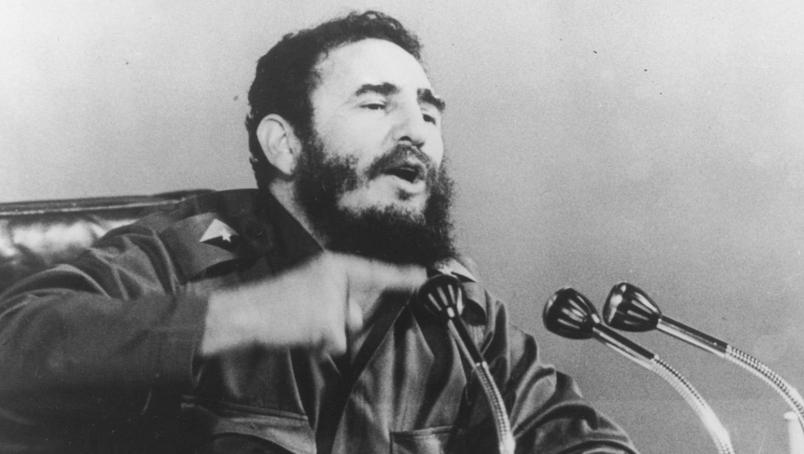
long history of ban
In February 1962, the government of John F. Kennedy extended the embargo, banning Cuban imports. The rationale was the Foreign Aid Act (FAA) passed by Congress in 1961, which allowed the president to enforce these measures as long as the Cuban government compensated American citizens for nationalization.
This restriction is still in effect, although it has been extended and partially relaxed on various occasions in recent decades.
During the Bill Clinton administration, the Cuban Democracy Act (1992) and the Cuban Solidarity Act for Freedom and Democracy (1996) enforced sanctions.
Also known as the Helms-Burton Act, the 1996 regime was born with the main objective of limiting other countries’ commercial operations with Cuba and taking the embargo to new levels. In particular, it prohibits the lifting of sanctions on Cuba without the permission of the US Congress; Calls for a mandatory visa ban for people benefiting from property confiscated by Cuba; and allows Cuban-born Americans to prosecute those who confiscated their island property.
The law was passed at a time of great tension between Washington and Havana after the Cuban Air Force shot down two civilian aircraft belonging to the anti-Castro group “Hermanos al Resquet” in 1996. Four people were killed in the attacks, including three North American-Americans.
During the presidency of Barack Obama, relations between the United States and Cuba improved and measures were taken to defuse the situation. Travel restrictions were lifted, commercial flights resumed between the two countries, some restrictions were eased, and Cuba was removed from the list of countries supporting terrorism. In 2015, diplomatic relations resumed with the reopening of the US Embassy in Havana.
But after Donald Trump’s inauguration in 2017, many of these changes were reversed, with sanctions tightening between 2019 and 2021, restricting travel again and adding Cuba to the list of countries that support terrorism. to restore.
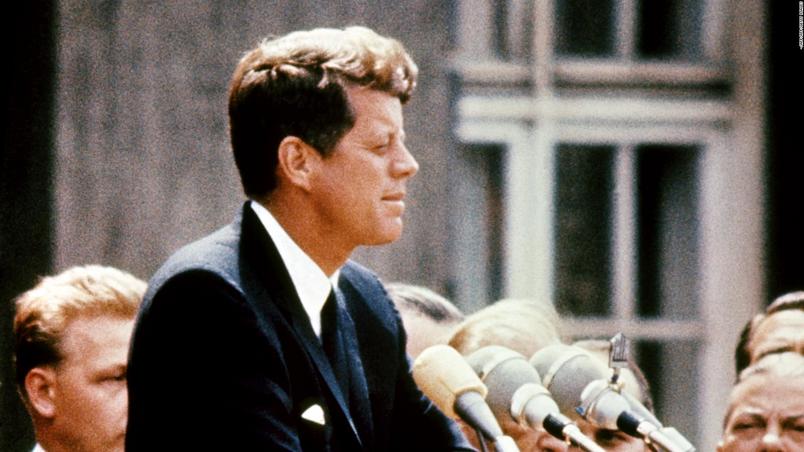
60 years of ban and debate
The US embargo on Cuba has lasted for nearly 60 years and has generated intense debate since its implementation.
“The embargo thus turned out to be a third embargo, which is quite porous. It was impossible to guarantee even before the Helms-Burton Act [o cumprimento das] out of the embargo,” explained Eduardo Gamarra, professor of international policy at Florida International University. CNN.
As an example, he explained that “a large part of the tourist wave in Cuba is due to Spanish investment”. He continues: “When you look closely at the argument that the embargo has caused problems for Cuba, you see that this thinking is wrong.”
“Cuba was an economy wholly subsidized by the Soviet Union until 1990. When these subsidies ended, the true nature of the system was seen with state monopolies and little private initiative, which allowed the country to open up in the late 1990s. forced”, he said. Professor Martingale analyzed.
“Cuba was an economy entirely subsidized by the Soviet Union until 1990. When these subsidies ended, you saw the true nature of the system, with state monopolies and little private initiative, that opened up the country in the late 1990s. was forced to.”
Eduardo Gamara, Professor at the University of Florida
“The sanctions have been the way to justify the failure of the revolution. What is happening now is a product of the Cubans’ access to the world through communication.”
For Frank Calzone, Cuban political scientist and human rights activist, “What the Cuban government calls a blockade is a lie: the US sells Cuba everything it needs, but demands that the payment be in cash. Now no one can stand against Castroism. The great doesn’t believe in lies.”
Another academic for the chorus is Sebastian Arcos, a graduate in international relations and deputy director of the Cuban Research Institute at Florida International University, who says it is an “official narrative that has been going on for decades”. “Cubans no longer believe in this narrative, it is a simplistic explanation that does not reflect reality,” he said.
Ban, blockade or siege?
On the other hand, for Arturo López Levi, professor of international relations at Holy Names University, it is “more correct” to speak of a blockade or siege than merely a ban.
“Sanctions against Cuba are not just restrictions on trade. The US government sought to change government to create ‘hunger and despair’ among the population, as indicated in Lester Mallory’s memorandum,” he wrote by then-secretary 6 Said referring to the document for internal use sent on April, 1960. Lester Mallory, Assistant Secretary of State for Inter-American Affairs, Roy Rubottom.
“The effect in Cuba is that the cost of any financial transaction is much higher than usual. There are French, German, Mexican and Argentinian banks around the world that have been fined billions of dollars for financial transactions that are either internal or international. Do not violate laws”, he admitted.
On the recent protests in Cuba, López Levy said that the pandemic and the economic shock it caused were “the last straw” in Cuba.
“The rest of the glass was filled with water because of two factors: the economic policy mistakes of the Cuban government and the effects of sanctions,” he explained. “Sanctions have made a difficult problem like the pandemic almost uncontrollable.”
Who is Cuba negotiating with?
According to 2019 data from Massachusetts Institute of Technology’s (MIT) Economic Complexity Observatory, China is the main destination for Cuba’s exports (38.2%), followed by Spain (10.5%), Netherlands (5.44%), Germany . (5.37%) and Cyprus (4.05%).
In the other direction, Cuba is mainly imported from Spain (19.2%), China (15%), Italy (6.2%), Canada (5.4%) and Russia (5.39%).
Some of its main exports are tobacco, sugar, alcoholic beverages, nickel and zinc. Imports include chicken meat, wheat, corn and concentrated milk.
With information from Juan Pablo Alverdin.
(Translated text. read original in Spanish.)

